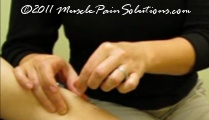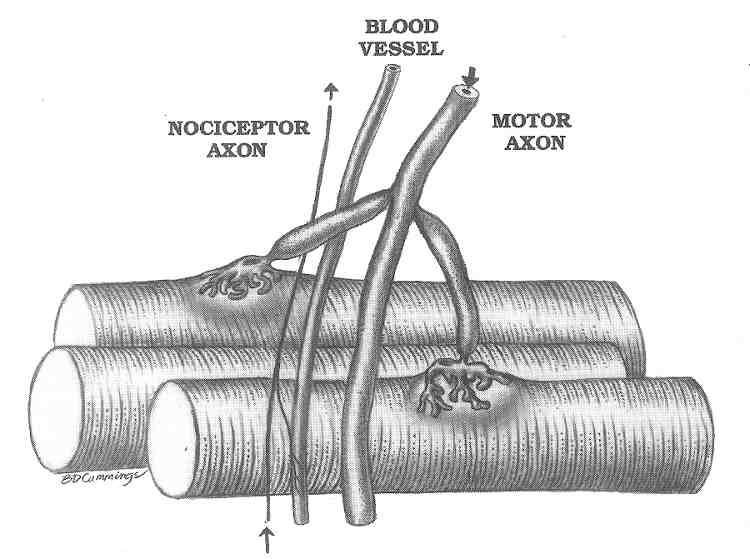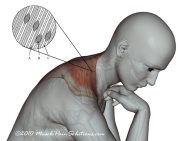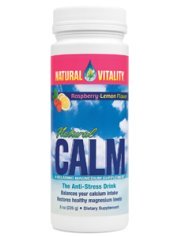Trigger Point Dry Needling:
A New Way to Eliminate Muscle Pain
One very effective way to eliminate muscle pain is with trigger point dry needling. This treatment is based on the work of Janet Travell, MD, who originally mapped trigger point locations and their referred pain patterns. She would inject procaine or saline solution into the trigger points to eliminate them.
Over the years, Dr. Travell and other health care providers have experimented with injecting various substances into trigger points in addition to procaine and saline solution, such as botox, glucose, and corticosteroids. Similar results, regardless of what has been injected, as long as the needle elicited a twitch response in the muscle. It was then hypothesized that it was the mechanical disruption of the trigger point that alleviated the symptoms, not the injection. This is how trigger point dry needling was born. (For more info on trigger point injection, click here.)
How is Trigger Point Dry Needling performed?

With dry needling, a very fine gauged needle (acupuncture needle) is inserted into a trigger point, then moved in and out of the trigger point to get multiple twitch responses in the muscle. This deactivates each part of the trigger point that was penetrated. The advantage that dry needling has over injection is that there is almost no bleeding since the needle is fine, so one is able to treat multiple parts of the trigger points, and more trigger points per treatment session than can be treated with conventional trigger point injection. Some practitioners might use electric muscle stimulation (EMS) in conjunction with the needling to elicit more muscle twitches.
How does trigger point dry needling work?

Although acupuncture needles are used, dry needling is not acupuncture. It is based purely on Western medical concepts of anatomy and neurophysiology. Trigger points are created at the place where the nerve "talks" to the muscle cell (called a muscular endplate, pictured to the left), which is halfway across the length of the muscle. This endplate becomes dysfunctional, creating a localized contracted state. The needle disrupts the dysfunctional endplates forcing the body to repair them. The needling process also stimulates certain nerves to block pain sensations.
What does dry needling feel like?
Since the needle is just a thin filament, you barely feel the needle as it penetrates the skin. As it penetrates the trigger point, the muscle fibers resist the needle and may cause "needle grasp." This creates a deep ache, which in acupuncture is described as de qi. As the needle is moved into different areas of the trigger point, muscle twitches are elicited which can feel "crampy." The muscle twitching is an important part of the treatment, showing that the endplates are being stimulated. Sometimes the referred pain from the trigger point may be elicited as well.
How long does it take?
In most cases, multiple treatments are required to get all parts of the trigger point. The length of each session depends on the office, but may range from 20 to 45 minutes. On average, it can take from 6 to 12 visits to eliminate trigger points. Resolution will happen more quickly with home treatment such as self massage and stretching, than without.
Who practices trigger point dry needling?

Dry needling is performed by several different medical specialties: Chiropractors in some states are now allowed to perform dry needling. Physical therapists have recently started practicing it under the name of Intramuscular Stimulation. This is not part of general physical therapy or chiropractic education, but can be learned as a specialization after graduation. It has been added as a part of their scope of practice in some but not all states at the time of this writing.
Medical Doctors sometime practice dry needling, usually using that name, but most that address this area, tend to do trigger point injection instead. I have not found any medical doctor in my area that practices this way, but there are a few.
Some acupuncturists also practice dry needling, technically called trigger point acupuncture. This type of needling does not correspond to acupuncture points, meridians, or traditional Chinese Medicine and therefore is not generally included in the curriculum of Acupuncture school. Additional study would be required for an acupuncturist to perform dry needling — primarily to learn to locate the trigger points, and the areas of pain referral.
Where can I find someone to perform trigger point dry needling?
I have found one website with a listing of practitioners trained in dry needling at The Institute for the Study and Treatment of Pain. You can also ask your existing practitioners if they know how to do it, or if they know someone doing it. Also try an internet search for dry needling, intramuscular therapy, or trigger point acupuncture in your area.
Can my acupuncturist help me?
If you already have an acupuncturist, ask if they have any experience in dry needling. Even if they don't, you might be able to find your points using The Trigger Point Therapy Workbook, and ask them to needle the points for you. I am working with a local acupuncturist in Portland, Oregon named Danielle Quast, LAc, who has learned the pain patterns and trigger point locations to be able to help my patients who need more than massage, and ice and stretch. She and I worked together on a PDF to help other acupuncturists help their patients with myofascial pain. Your acupuncturist will need a book with trigger point locations and referral patterns, like The Trigger Point Therapy Workbook, or Myofascial Pain and Dysfunction: The Trigger Point Manual Vol I & II by Travell and Simons. The latter is the most complete work on the subject, but a bit overwhelming at 1500 pages total. The workbook is intended for a layperson, and is much easier to navigate at 300 illustrated pages, but does not have specific information on needling like the Manual. The beginning of each chapter shows areas of pain and lists the muscles that refer to the area from most likely to least likely, along with the page where you will find that muscle. Your acupuncturist will also need the information that we have compiled in the following PDF.
You will need Adobe Reader (the latest version is recommended) installed on your computer in order to open and read this summary. You can get Adobe Reader here (a new window will open so you can download it without leaving this page).
If you want to open the file in your browser window, just click on the link. However, if you want to download the file to view later, then right-click on the link and choose "Save Target As" or "Save File As." Then select where you want to save the file on your hard drive.
Download PDF here.Conclusion
While self massage is more convenient, trigger point dry needling can be more effective for trigger points that just won't respond to hands on methods. Hopefully this page has helped you understand what to look for in a practitioner of dry needling, and where to start looking for one.
Reference and Image Credits:
Travell JG, Simons DG, Simons LS: Myofascial Pain and Dysfunction: The Trigger Point Manual. Volume 1. Edited by Johnson ES. Lippincot Williams & Wilkins, Philadelphia, 1999. pp 12-177.
Return from Trigger Point Dry Needling to Trigger Point Treatment.
Return from Trigger Point Dry Needling to Home.




